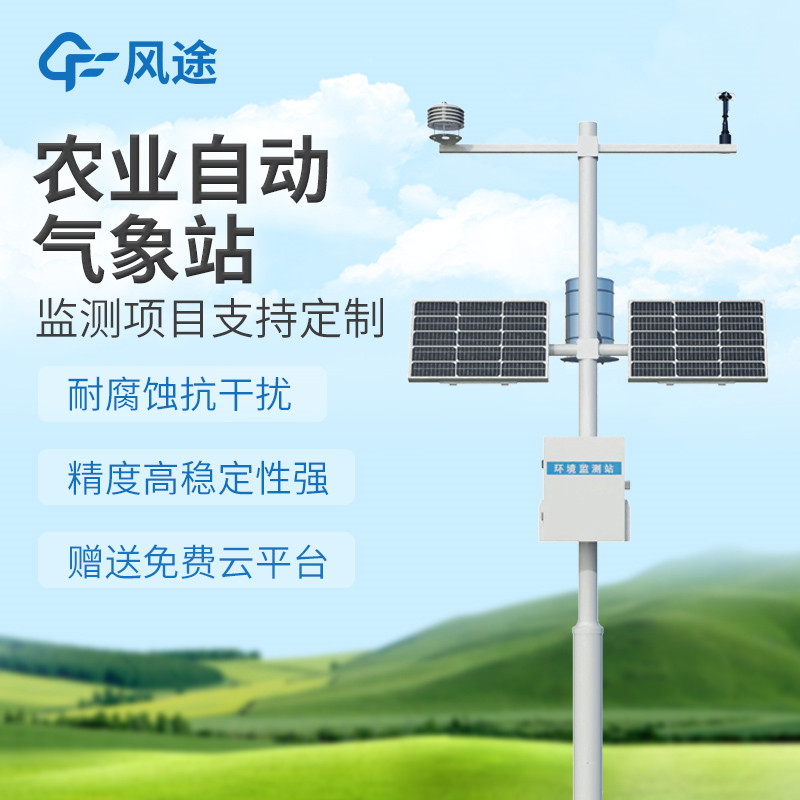Agricultural meteorological stations collect data on soil moisture, etc., via sensors every 10 minutes, and automatically upload it to the operational platform. This high - frequency data collection and automated transmission mode can monitor farmland environmental changes in a timely manner, reduce manual intervention and data errors, and provide real - time, comprehensive and accurate monitoring support for agricultural production.
With the smart meteorological cloud platform developed by integrating various data resources, farmers can check location - based meteorological information, forecasts, and warnings anytime and anywhere. They can also receive timely reminders and advice on meteorological services for agriculture. Meteorological information reaches farmers through convenient channels like mobile phones, breaking the limits of time and space. Moreover, the platform offers precise services based on different crop growth stages and facility types, and pushes warning information in extreme weather to help farmers prepare for disasters in advance.
For various specialty crops in facilities, agricultural meteorological stations deploy IoT - based temperature and humidity smart observation instruments, forming a greenhouse microclimate monitoring network. Take specialty crop planting as an example. By accumulating microclimate observation data for different planting modes and crop development stages, optimal growth indicators can be found. This guides growers to scientifically regulate meteorological factors like temperature, humidity, and sunlight, offering refined and tracking - style meteorological services for specialty agriculture and helping improve crop yield and quality.
Agricultural meteorological stations refine agricultural meteorological disaster risk warning indicators and enhance monitoring and warning of major pests and diseases, moving the control forward. When there is less rainfall and the soil is dry, they promptly issue forecasts to remind farmers to strengthen field management. During key farming periods like wheat harvest, they guide farmers to carry out farming operations in a timely manner based on weather forecasts, avoiding or reducing losses from meteorological disasters and ensuring agricultural production safety.
In summary, agricultural meteorological stations are shifting agriculture from traditional "weather - dependent" to "technology - driven" farming. They transform meteorological information into scientific decision - making evidence. Automated monitoring and digital services cut labor costs, boost farmers' management efficiency, and promote agricultural production towards technological and intelligent upgrades, strongly supporting agricultural production and farmers' income growth.

Article address:https://www.sqqx.net/en/news/658.html

 +86 15898932201
+86 15898932201



